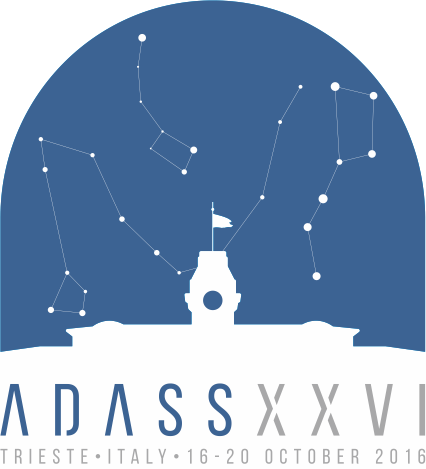Cardiel Nicolás
Contact
- Position:
- Departamento de Astrofísica y Ciencias de la Atmósfera, Facultad de Ciencias Físicas, Universidad Complutense de Madrid
- Address
- Spain
Miscellaneous Information
- Miscellaneous Information
-
Abstract Reference: 31183
Identifier: P6.5
Presentation: Poster presentation
Key Theme: 6 Python in Astronomy
Using Python to simplify the automatic wavelength calibration of EMIR spectroscopic dataAuthors:
Cardiel Nicolás, Pascual Sergio, Picazo Pablo, Gallego Jesús, Garzón Francisco, Castro-Rodríguez Nieves, González-Fernández Carlos, Hammersley Peter, Insausti Maider, Manjavacas Elena, Miluzio MatteoEMIR, the near-infrared camera-spectrograph operating in the near-infrared (NIR) wavelengths 0.9–2.5µm, is being commissioned at the Nasmyth focus of the Gran Telescopio CANARIAS. One of the most outstanding capabilities of EMIR will be its multi-object spectroscopic mode which, with the help of a robotic reconfigurable slit system, will allow to take around 53 spectra simultaneously. A data reduction pipeline, PyEmir, based on Python, is being developed in order to facilitate the automatic reduction of EMIR data taken in both imaging and spectroscopy mode. Focusing on the reduction of spectroscopic data, some critical manipulations include the geometric distortion correction and the wavelength calibration. Although usually these reductions steps are carried out separately, it is important to realise that these kind of manipulations involve data rebinning and interpolation, which in addition unavoidably lead to the increase of error correlation and to resolution degradation. In order to minimise these effects, it is possible to incorporate those data manipulations as a single geometric transformation. This approach is being used in the development of PyEmir. For this purpose, the geometric transformations available in the Python package Scikit-image are being used.



